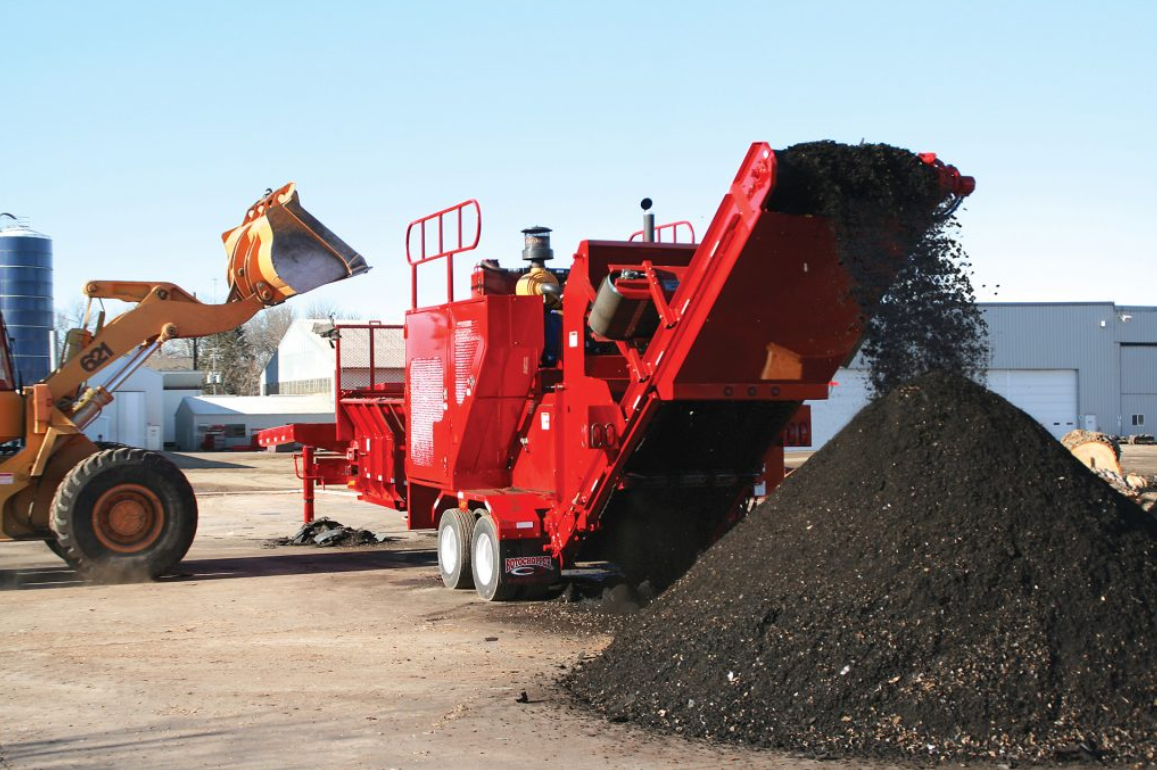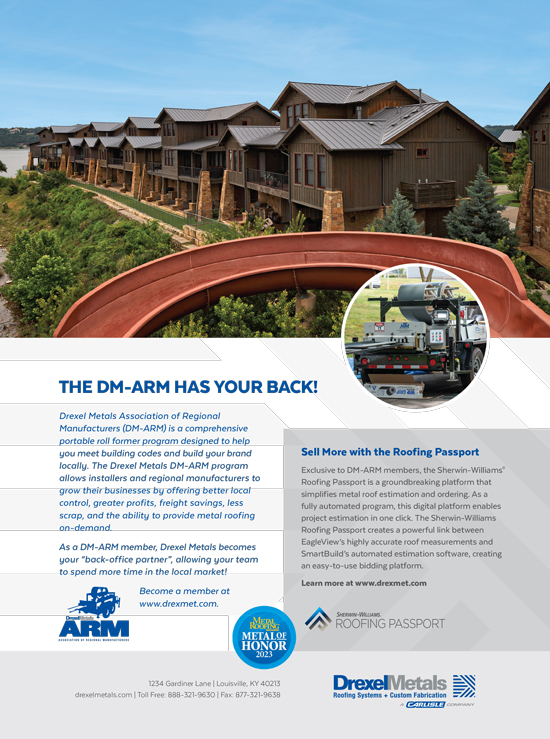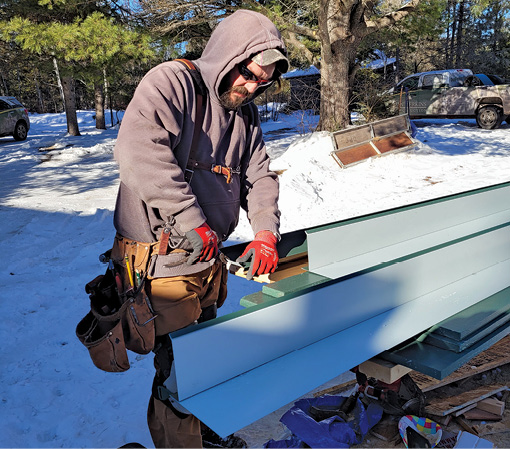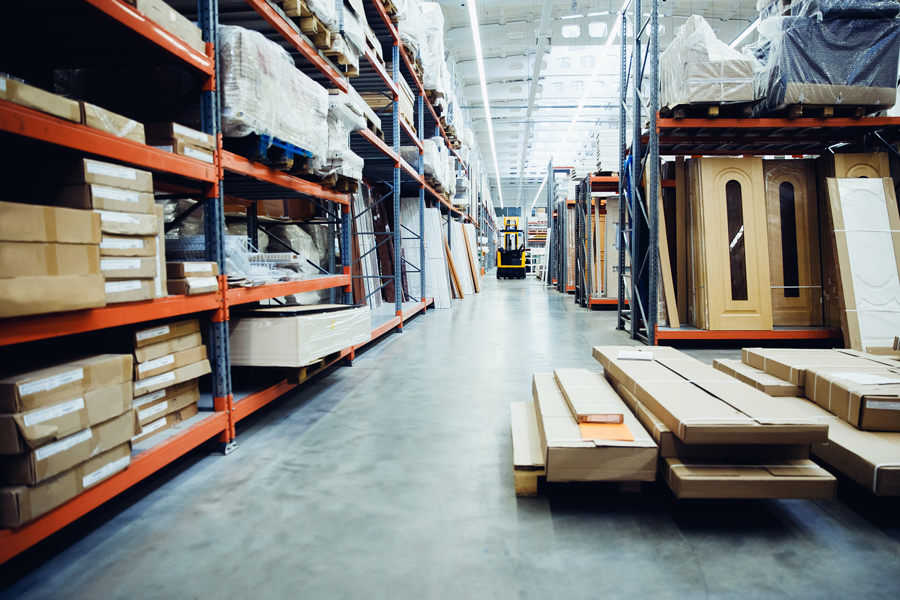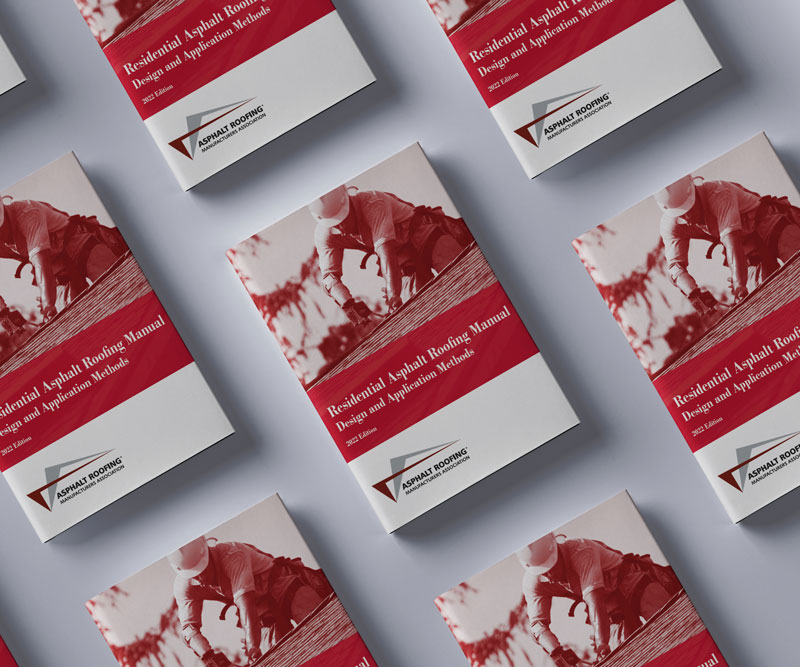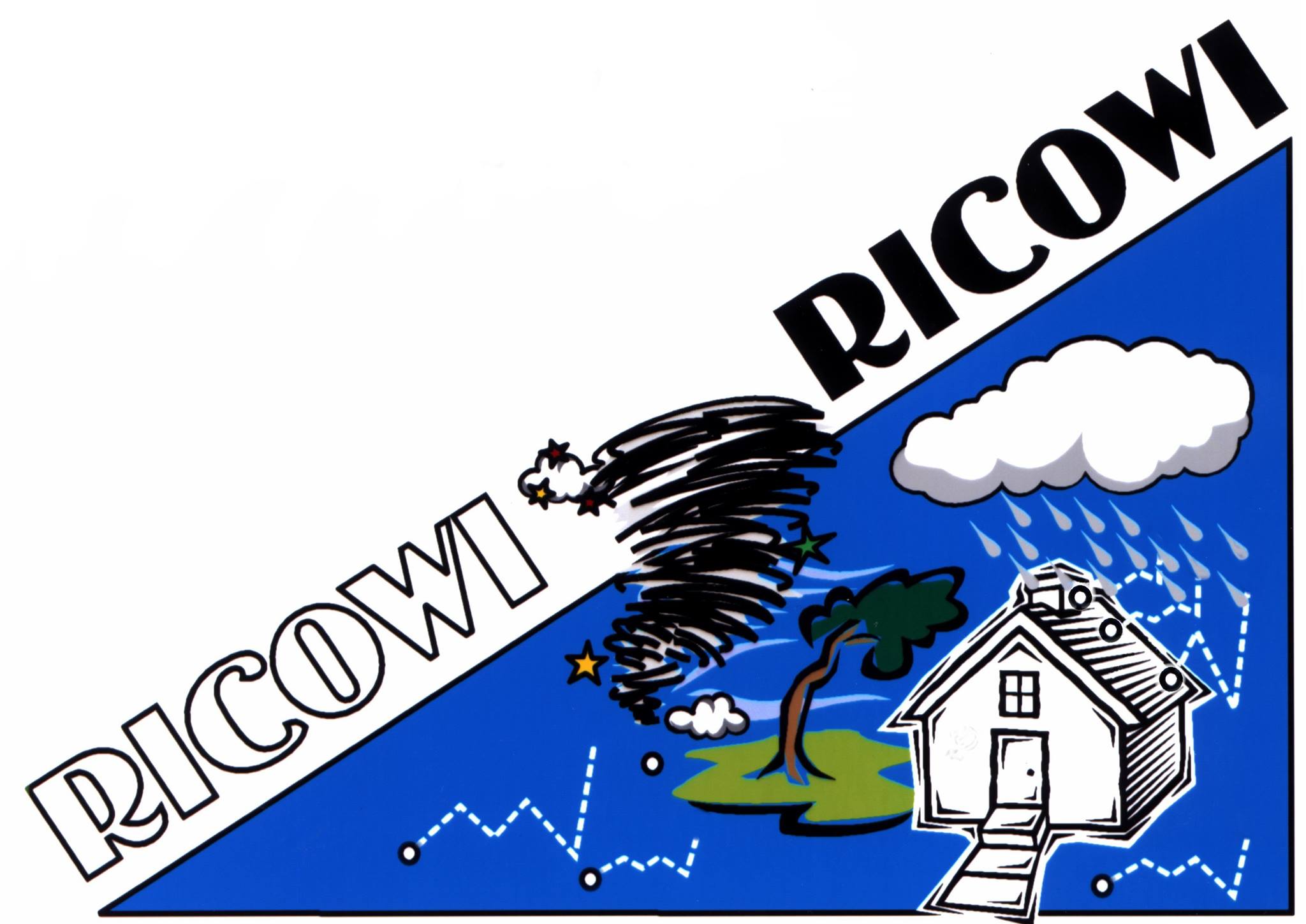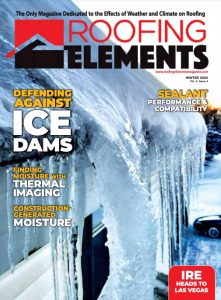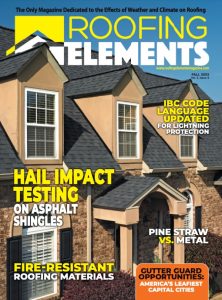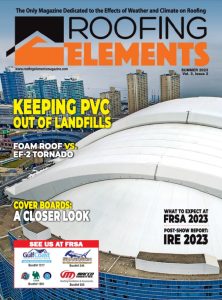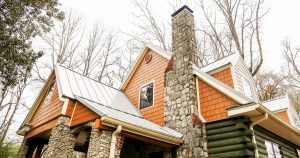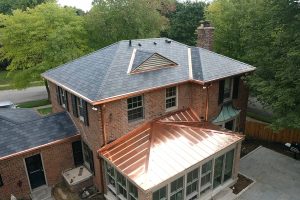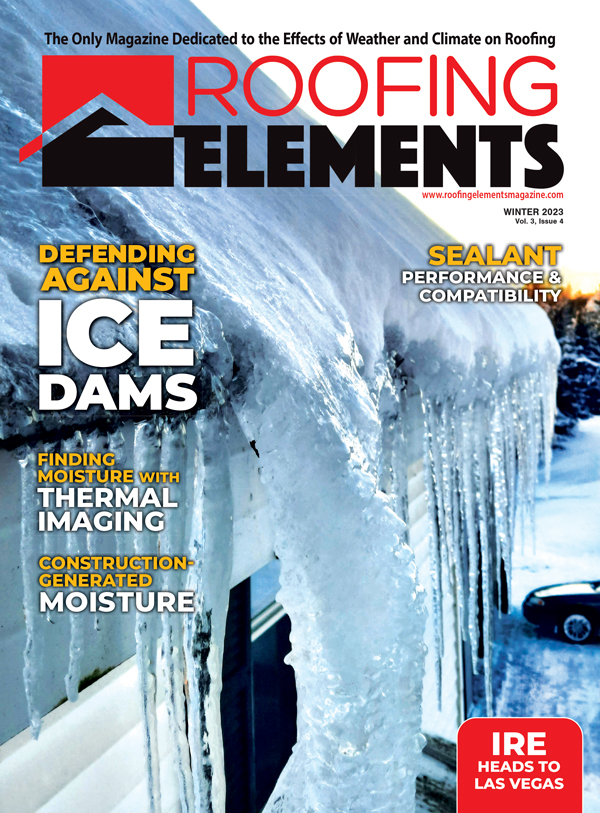Modern Roofing Materials Increasingly Made With Post Consumer and Industrial Coproducts
Carbon footprint. Going green. Sustainability. We are hearing these phrases (and many others) used more often as consumers make their product selections. As a roofer, you need to familiarize yourself with “green” products and prepare for discussions regarding sustainability with your prospective customers. In this article, we’ll discuss a few of the initiatives companies you’re familiar with are undertaking to meet your customers’ demands.
Metal roofing is a true sustainable material; it is 100% recyclable. Other roofing materials are making progress toward sustainability.
GAF Roofcycle Process
GAF launched the RoofCycle™ Process in 2021. It’s a patented recycling process that diverts shingle waste from landfills and reuses it in the manufacture of new shingles. During testing, the manufacturer was able to reclaim 90% of the waste shingle material made during the manufacturing process to be reused in the manufacture of new shingles.
Additionally, the company demonstrated its ability to manufacture new shingles containing up to 15% recycled post-consumer material that were UL-certified for their safety and effectiveness. The U.S. Patent and Trademark Office issued GAF three patents covering this new shingle recycling process.
As of January 2022, which is less than a year from the announcement of the RoofCycle Process launch, GAF has diverted more than 200,000 pounds of post-consumer waste from landfills. The new shingle recycling process reduces the amount of raw materials required to make new shingles without compromising product quality or performance.
Harsco
Harsco, which manufactures granules for use on asphalt shingles, keeps a significant amount of material out of landfills. The company upcycles hundreds of tons of coproduct each year into building products. The shingle granules are made from a recycled coal combustion coproduct. As coal is combusted at a coal-burning power, there are minerals that don’t burn (they melt). These minerals form a molten glass-like or lava-like material that’s hot and fluid. That material falls to the bottom of a wet-bottom boiler where it goes through vitrification; it is quenched with water and cooled. When that cooling process happens, the minerals form a slag coproduct.
Harsco receives that coproduct from its suppliers and screens/sizes it into consistent sizes, resulting in shingle granules that are supplied to roofing manufacturers.
Two types of granules are commonly applied to asphalt shingles. Colored granules made out of quarried rock are applied to the exposed part of the shingle, whereas the mineral coproduct granules are used on the non-exposed headlap to make sure the shingle itself has an even consistency. A smaller, finer material is applied as back surfacing. Harsco’s Brandon Sandy, Manager of Quality and Engineering, explained shingle granule applications: “The coarser granules are applied on the headlap for surfacing and to keep the shingle consistent with the colored surfacing. The finer granules are applied on the back to keep the shingles from sticking to one another.”
Garland Co.
Shifting to membrane roofing products commonly used on commercial roofs, The Garland Co. added its StressPly® E modified bitumen membrane to its lineup in 2010 — more than a decade ago. Both pre-consumer (material that was diverted from becoming waste during manufacturing but never reached the end consumer) and post-consumer content are used to make the membrane (a total of 27% pre- and 8% post- recycled content, including tires, glass, and porcelain). “To put this into different terms,” said Julie Anne Geyer, R&D Manager, The Garland Company, “each batch of StressPly E saves eight tires from a landfill.” Additionally, the membrane includes sustainable bio-based content that includes bio-based oils and crushed oyster shells, which are used as filler.
Product development is a meticulous process. Garland works closely with its suppliers to assure the recycled materials don’t adversely affect product quality. “When it comes to sourcing the recycled raw materials, we work closely with our suppliers through product trials, first in our R&D lab, then with larger batches in our plant to ensure scalability,” Geyer stated. “Maintaining consistency and correct particle sizing is paramount not just in our manufacturing process, but also in the ultimate performance of the membrane in the field.”
Not all recycled materials are of the same quality or consistency. “Recycled materials have commonly gone through multiple heat cycles, faced UV exposure, and seen various mechanical stresses,” she explained. “Recycled materials also have added variability due to multiple raw material streams. Utilizing recycled materials improperly can lead to product failures, especially in roofing, where a product needs to withstand the elements for 30 years or more.
“Where recycled materials can play a role is as a synergist,” Geyer explained. “A synergist is defined as a material that increases the effectiveness of another agent when combined with it. So while recycled materials should not be relied upon as the crux of weathering performance, they have been proven as effective synergists for mechanical properties such as strength and impact resistance.”
Stewardship in Roofing
“An investment in a roofing project is a sign of stewardship – it’s a commitment to that building, whether it’s a hospital, a school, a factory, or a home,” explained Geyer. “Recycled content in roofing materials absolutely fits that ‘good steward’ mindset, but it can’t be the only talking point. The most sustainable roof is one that lasts. A roofer, together with the architect and roofing manufacturer, should focus on performance and ability to withstand the elements through the chosen system, application process, and ongoing inspection support.” l

